Fire Retardant Harm to Southern Resident Orcas
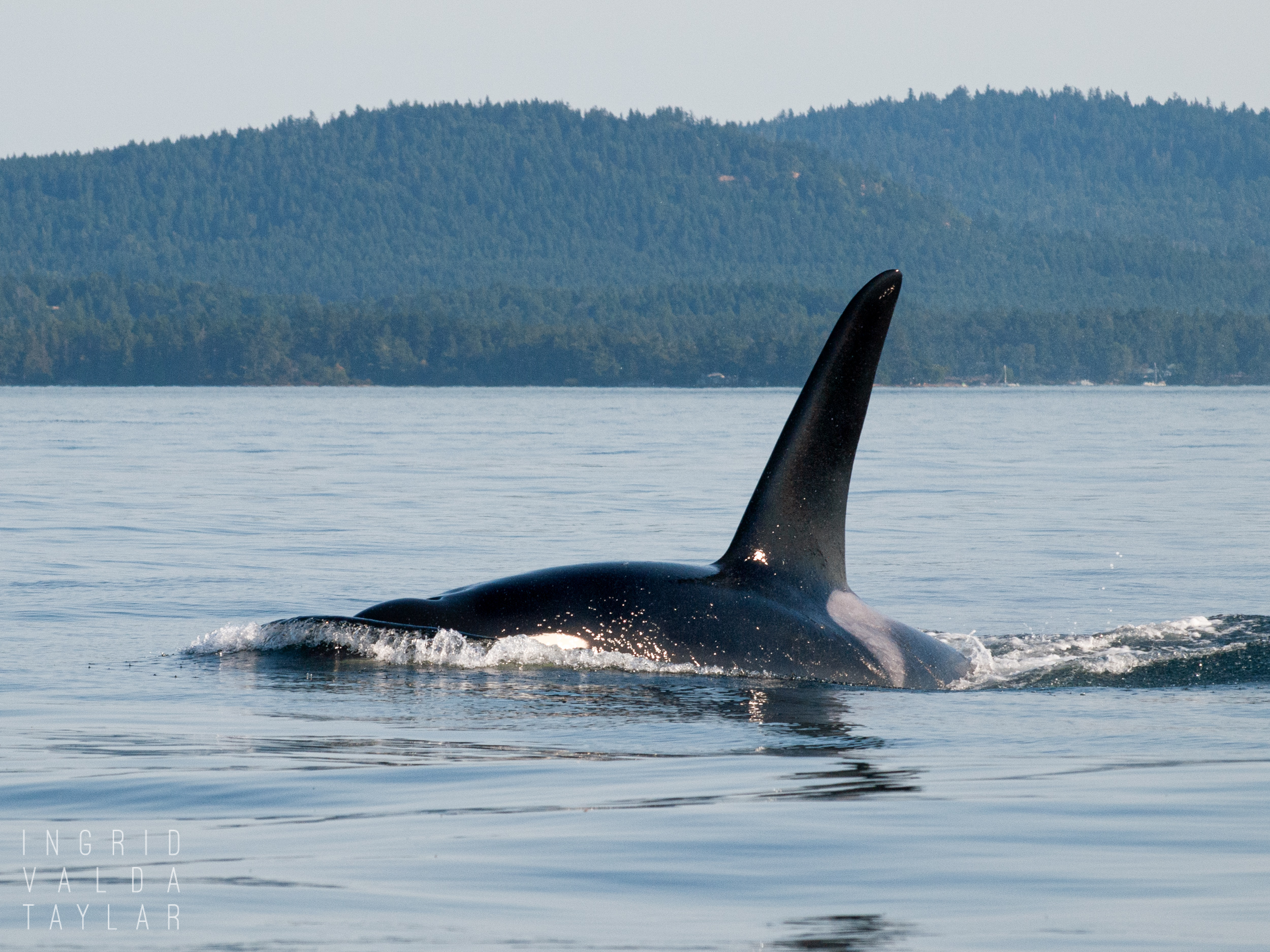
Orcas can’t, of course, pick out sofas. But if they could, they would tell you that their survival may depend on the product and furniture choices we make — and the industries we support in the process.
The orcas of the Salish Sea, who regularly cross the international boundary between Washington State and British Columbia, are among the most PCB-contaminated marine mammals in the world (Ross, Fireproof Killer Whales). They also have high levels of the fire-retardant compounds, PBDEs (Polybrominated diphenylethers).
Because orcas, apex oceanic predators, are at a high trophic level in the food chain, these toxins bioaccumulate to extremely high levels in their fat tissue. And, with the southern resident pods’ existence already endangered in the Pacific Northwest, whale researchers are understandably concerned about the effects of these toxins on stressed orca populations.
Check out my post about Tucker, the scat-tracking dog to see the amazing way researchers are collecting orca scat samples.
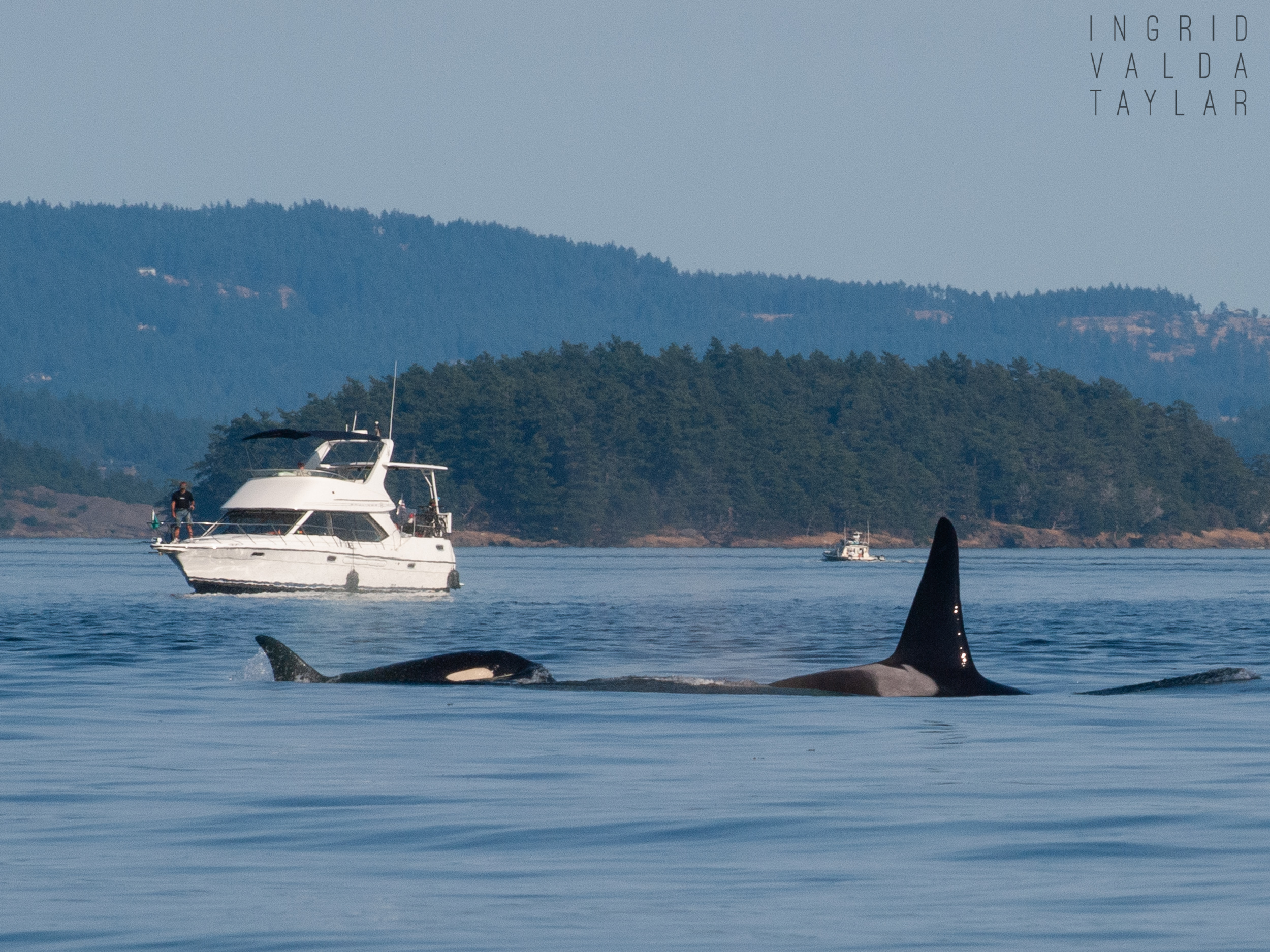
Furniture Fire Retardants as Oceanic Pollutants
A significant source of PBDEs is upholstered furniture. The European Union banned all forms of PBDEs, starting with the Penta and Octa forms in 2004. The U.S. followed by phasing out some forms of PBDEs. Washington State was the first in the U.S. to ban all forms. But, these chemicals, used as flame-retardants in furniture foam and other products, persist and degrade over time. They are found in household dust (you can see a comparison graph here). PBDEs also show up in human blood and in breast milk. These substances have been linked to detrimental effects in animals, including neurotoxicity — and they are suspected endocrine disruptors.
Graph courtesy of Sightline:
Fire retardants are used in everything from sofa poly foam to electronics to adult and baby mattresses. Sofas and mattresses sold in the U.S., unless you purchase special natural products (more on that in a minute), contain these chemicals. Although the recent scrutiny of PBDEs has forced the phaseout of existing compounds, new flame-resistant formulas take their place.
Kathleen Curtis of the environmental advocacy group Clean New York explained in this this 2010 Salon piece (Kaplan), that the industries producing these chemicals can simply move “a few molecules” and then call those compounds new products. In the article, Curtis goes on to say, “Going after these flame retardants one at a time is like playing Whack-a-Mole. You knock one out and another one pops up. They are just buying time.” I highly recommend reading the rest of this article because Sheila Kaplan, an investigative reporter, consolidates into one piece, important information on how this state of our state came to be, and how it may be affecting our lives and our health.
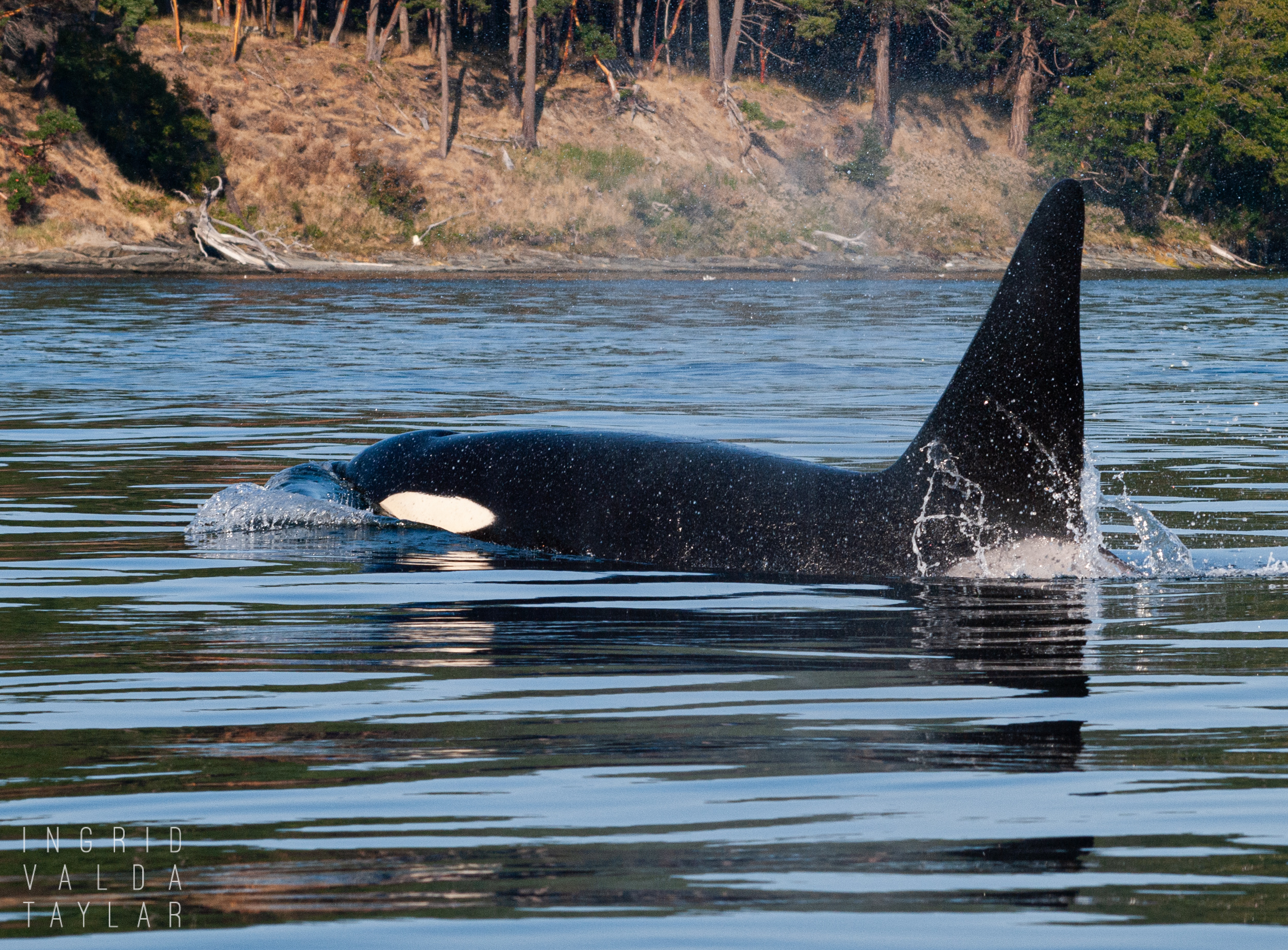
Finding Fire Retardant Free Mattresses
Hugh and I have come face-to-fire-retardant, as it were, on this issue quite a few times. When we were looking for a new mattress 10 years ago, we became aware of the flame-resistant regulations and the chemicals used to meet those regulations. Back in the day, we found one local shop in Berkeley that carried natural mattresses without added chemicals (fire retardants, formaldehyde, etc.) Our mattress contains natural latex and organic cotton.
You need a doctor’s prescription in the United States if you want a mattress without flame-resistant chemicals added. Or, you can purchase one with a layer of wool added, since wool has natural fire retardant properties and meets the standards of the flame-resistant regs. Some companies use locally-sourced eco wool which means the sheep are raised according to various natural and humane standards. We considered our mattress an investment — definitely more than you’d pay at a mattress warehouse. But, the peace of mind was worth it to us. (If you don’t have a local source, you can find some natural mattress options online, starting here and here.)
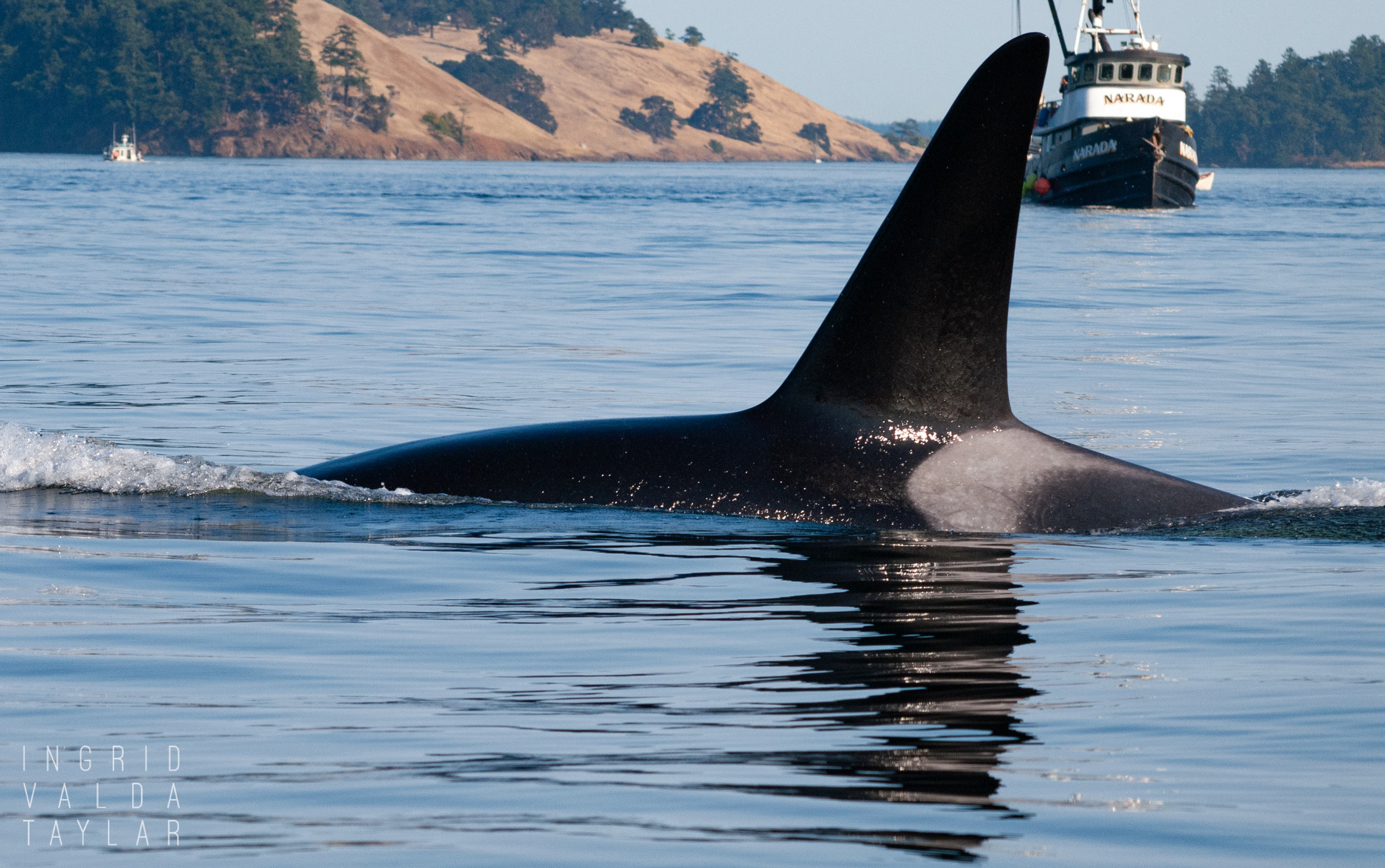
Sofas and Orcas: Full Circle
Hugh and I took a trip up to British Columbia to spend some time with the orca pods. On our first trip out, we saw a resident pod in the distance and our captain, a super guy, chosen by us because of his reputation for ethical whale watching, cut the engine of our Zodiac boat. We sat in silence with just the burst of air resounding from orca breaths, and the occasional splash of a distant, breaching whale.
As we listened to orca voices through the captain’s hydrophone, dipped below the water’s surface, he engaged us with the natural history of Northwest orcas. Among the things he brought up was how fire retardants were affecting the local populations of orcas. “Do you know how hard it is to find an affordable mattress without fire retardants?” he asked.
This video excerpt below shows a segment from the film, Call of the Killer Whale. The clip features Jean-Michel Cousteau and other participants getting their blood tests and results, checking for PCBs and PBDEs.
My camera went on the fritz the same day we saw our first resident pods. It’s been at the Olympus hospital for a few weeks now. Last week, I got a UPS tracking number which gives me hope that E-3 will be back in my paws soon.
:: Related: The Orca-Scat Tracking Dog | The Salmon Ladder to Success
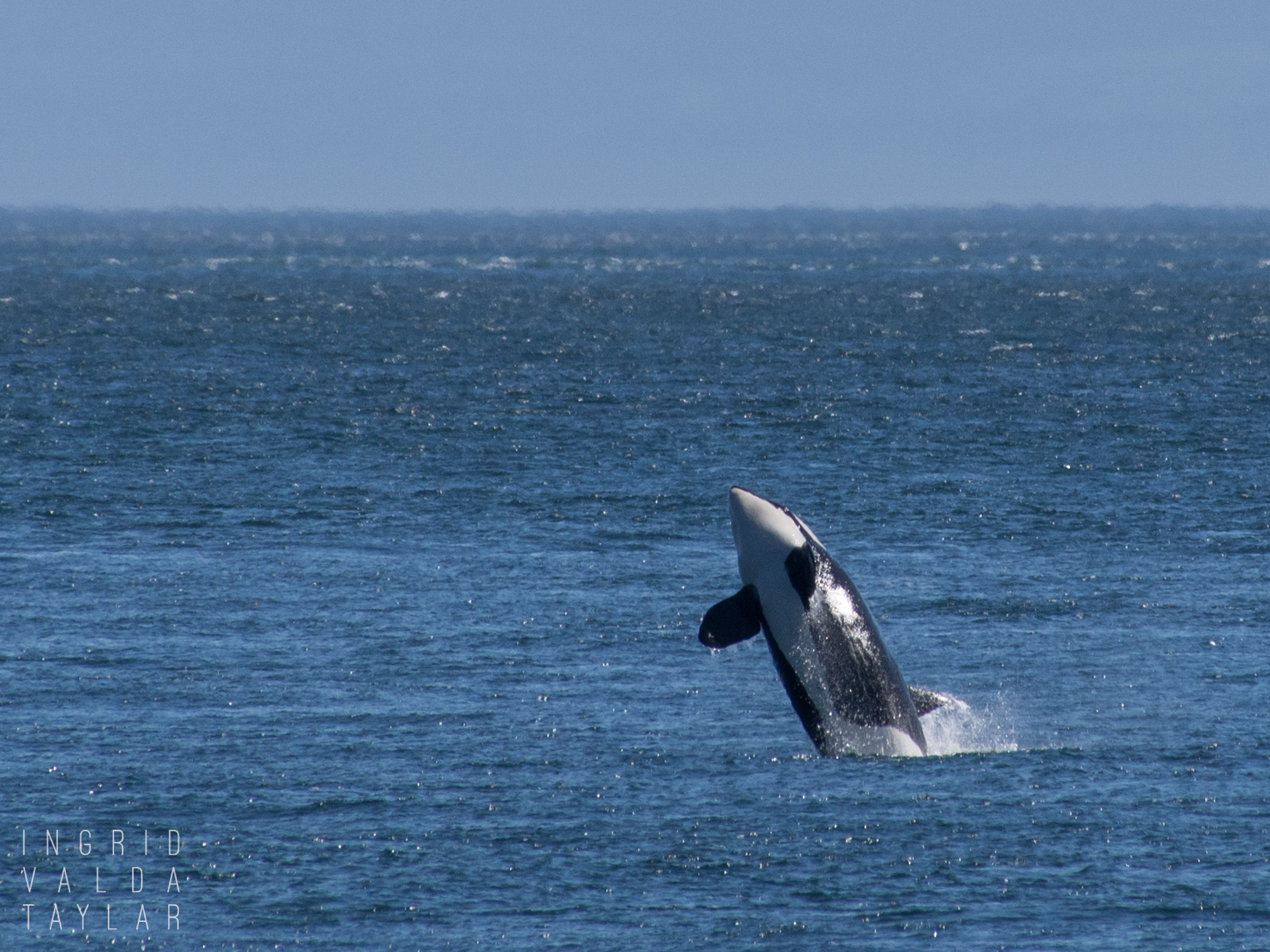

Great informative article. I saw some of the orcas you are writing about this year while we were visiting Victoria BC, but i had not know about how vulnerable they were to such high concentrations of toxins. It’s scary. Glad I found your blog. I’m expecting to learn quite a bit from reading it.
Randy, thanks for stopping by. There seemed to be a cosmic confluence of ideas — between our sofa purchase and our experience with the orcas. I figured it was worth a post. btw: I was reading through your archives and love the write-ups you did on your Alaska trip. It’s a place I’ve been longing to go. My husband lived there many years ago but I haven’t had the opportunity to trek that far northward yet.
btw: I was reading through your archives and love the write-ups you did on your Alaska trip. It’s a place I’ve been longing to go. My husband lived there many years ago but I haven’t had the opportunity to trek that far northward yet.